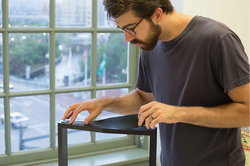After completing a recent commission for Lexus, Furniture Design grad student Tim Miller reflects on the project and considers what's next.
Inspired by India’s Artisans
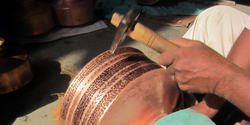
When he traveled to India in 2007, sculptor Joshua Enck MFA 03 FD discovered “the most beautiful and complex place” he had ever seen and vowed that he would return someday.
That dream came true last fall, when the Rochester, NY-based artist landed a Fulbright-Nehru Fellowship that enabled him to travel to Delhi with his wife and young children. For five months he studied traditional metalworking techniques and taught at the Sushant School of Design at Ansal University/Gurgaon.
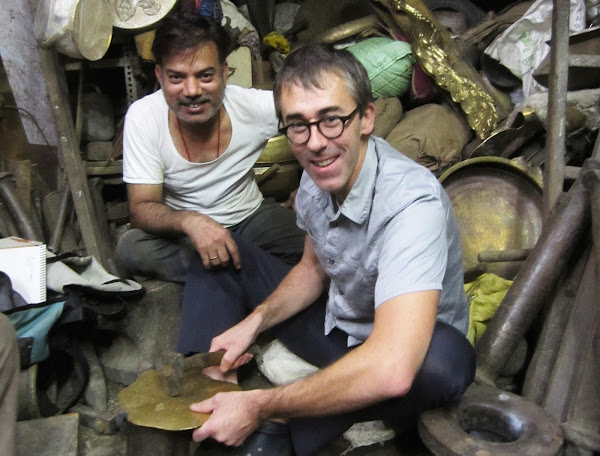
“I’m fascinated by utilitarian objects like lotas—brass vessels used to bring water into the home,” says Enck, “and I was delighted to meet and learn from the artisans who are still making them.”
“I was delighted to meet and learn from artisans who are still making [utilitarian objects like lotas].”
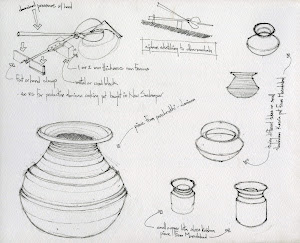
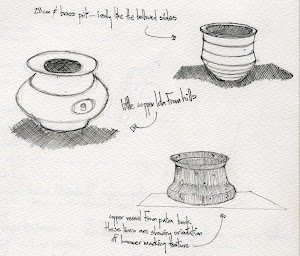
Such traditional vessels—crafted from sheets of copper, bronze, aluminum and stainless steel—have been used in India for centuries, but they are inexorably being replaced by mass-produced plastics. When Enck wasn’t teaching in Gurgaon, he scoured nearby villages and craft centers, using his limited Hindi and working with translators to speak with metalworkers in their workshops. He took copious visual notes, filling his sketchbooks with ideas and questions for future reference.
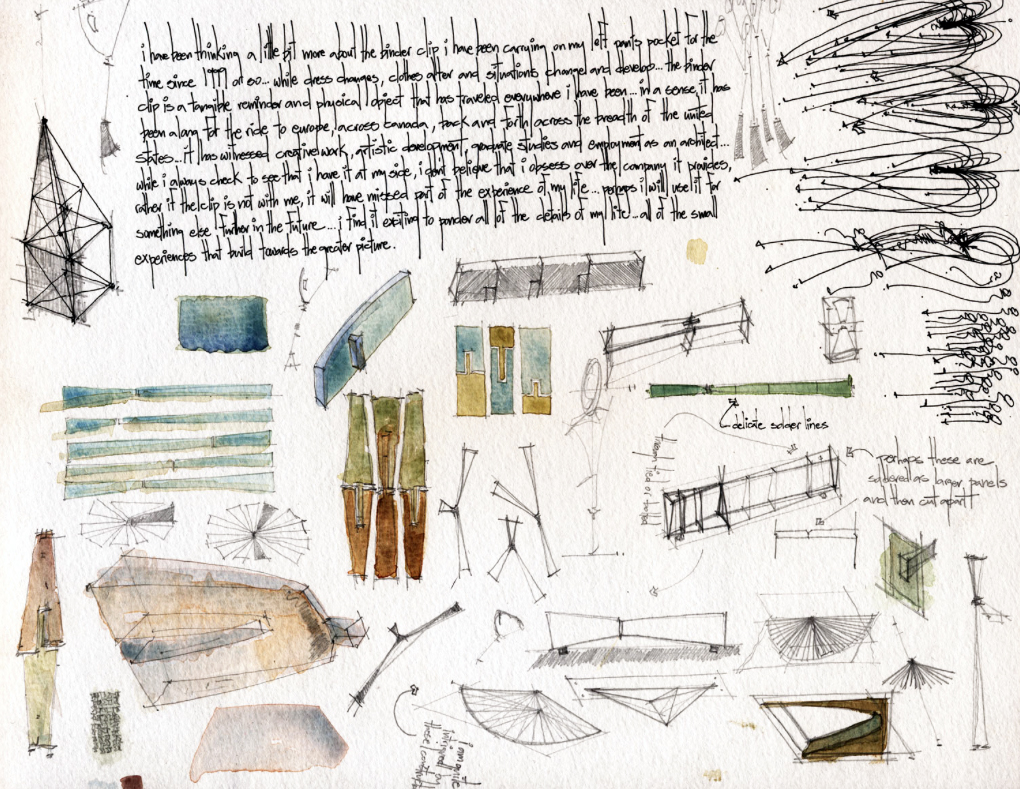
“People were so generous with their time and knowledge,” Enck says. “It was amazing to watch them involve their whole body in making. One of the craftsmen I met in Old Delhi showed me how to use my feet to balance the metal, which is super hard.”
Enck observed traditional hammering, forming, stretching, soldering and embossing techniques and ended up bringing about 50 metal pots and trays home in his luggage. “I intend to use them as study tools,” he explains. “The largest one is about two feet in diameter—hammered copper… just incredible!”
Reflecting on the experience now that he’s back in the US, Enck says that the biggest challenge in India was not having a space in which to make things for five months. He’s especially happy to be working in his studio again, where he’s preparing for two upcoming exhibitions and figuring out how the traditional metalworking techniques he studied there will influence his own processes.
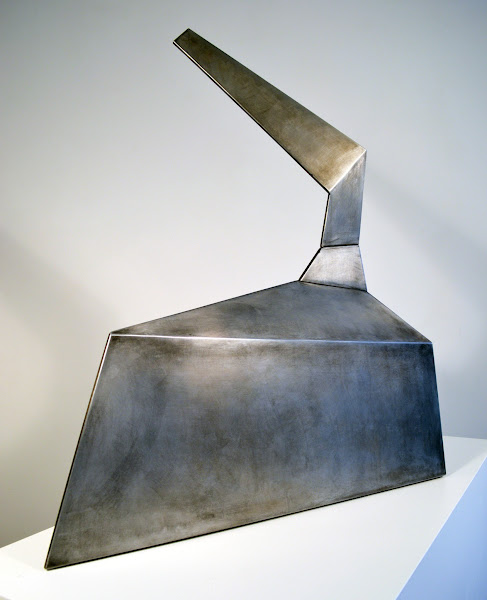
“My goal is not to replicate the forms I encountered,” Enck explains, “but to see how they relate to my training. I’ll probably start by blending in these new inspirations with techniques I’ve used in the past, like welding copper.” And though he did bring home a couple of handmade steel hammers, he’ll also attempt to adapt traditional practices to suit available tools and materials.
“As much as I loved the craft of furniture making, I discovered [at RISD] that I really like making abstract pieces.”
Enck thrives on this kind of adaptation and has always been flexible in his practice. He trained and worked as an architect in the 1990s before pursuing an MFA in Furniture Design at RISD and has been fascinated by wood ever since. “But as much as I loved the craft of furniture making, I discovered that I really like making abstract pieces,” he admits.
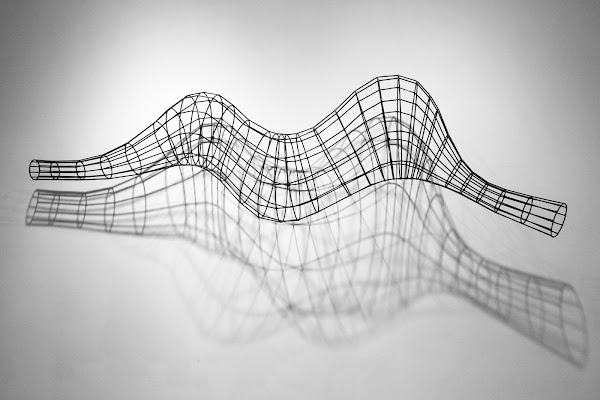
President Rosanne Somerson 76 ID was Enck’s thesis advisor in Furniture Design and later invited him to teach at RISD, introducing him to a passion that continues to nourish his creative practice today. “Teaching reinvigorates me and makes me think about my own work differently,” he explains.
Enck now teaches at the University of Rochester, where his wife Llerena Searle—daughter of longtime RISD Professor Colgate Searle BLA 71—teaches anthropology. But he still looks back fondly on his decade of teaching at RISD. “RISD students are incredibly creative,” he says, “and have the potential to move in so many different directions.”
As he continues to reflect on his Fulbright experience, Enck is excited to explore new directions in his teaching as well as his studio work. “It’s so important to keep learning,” he notes. “And the Fulbright grant provided me the opportunity to become a student again. That kind of cultural exposure opens up new dialogues and new possibilities.”
—Simone Solondz
February 25, 2019
